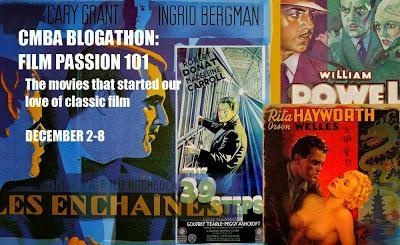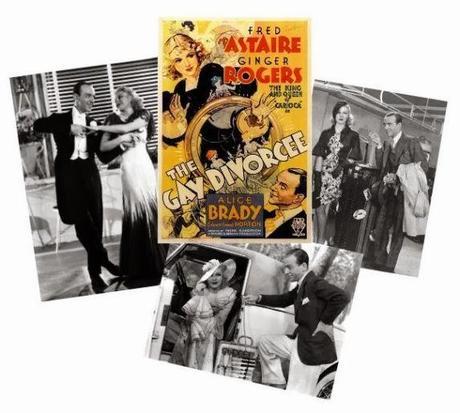
The Gay Divorcee airs tonight on TCM as part of its month-long tribute to Fred Astaire
Watching a console TV for long stretches from the living room floor and a distance of not more than a few feet was a good part of a typical day for most tots of my era. Much of what we watched was “old movies,” because, for many years, the films of what we now call "The Golden Age" aired morning, noon and night on local stations in need of hours of not-too-expensive programming. On top of this, I grew up in a movie-loving home. Mother, a child of the ‘30s and young woman of the ‘40s, had been one of the countless kids who was terrorized by King Kong when it was a first-run release and she was among the many teenagers who lined up to see Gone with the Wind when it was breaking box office records. Later, after she came to live in Southern California during World War II, she had chance encounters with one or two movie stars that she never forgot. Dad wasn't a movie fan in the same way, but he did love Cagney. And he favored Westerns. One night, when my brother and I were in his charge, he took us to see Gunfight at the O.K. Corral. It was the only night out at the movies we ever had with just dad.
Since movies were a part of my life from the beginning, is it any mystery that I knew who Bette Davis, Clark Gable, Greta Garbo and Tyrone Power were before I knew the names of some of my relatives? I recall noting in my diary when I was about nine that I had watched The Great Lie, “starring Bette Davis.” I remember first being enchanted by Tyrone Power when he smiled at Dorothy Lamour just after they met on a staircase in Johnny Apollo. And there was the time I watched Dial M for Murder every night, five nights in a row, on a channel that ran the same feature film every week, all through the week.
But as I got older my interests multipied to include music and boys and so many other things. And time continued to pass...
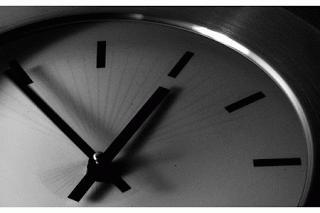
It was summertime and I was living in a beach town where I’d taken a part-time job at a veterinary clinic until the fall term began. I usually listened to records or sometimes watched TV when I got home from work an hour two before dinner. Channel surfing one day, I tuned in to an L.A. TV station that aired "old movies" in the afternoon. I hadn’t seen any of the musicals of Fred Astaire and Ginger Rogers at that point and was curious, so I sat down to watch when it turned out the movie of the day would be The Gay Divorcee(1934).
Without complaint I slipped away from the casual, au naturel 1970s and tumbled, headlong, into a fantasy realm of early 1930s glamour, style and romance. There, for the next 107 minutes, I was in a world that was all music, music, music and dancing, dancing, dancing offered up on stylized sets of enormous white Art Deco buildings and rooms glossy and plush. The intense contrast of dark and light, with accents of chrome and gleam, was everywhere - and eye-popping. This was a universe of pure elegance where even the conversation sparkled.

Resort set
The Gay Divorcee was the first of nine musicals Astaire and Rogers would headline together and it set the pattern for those to come. In this one, he's Guy Holden, a cocky Broadway hoofer on holiday in Europe, traveling with his dim and dizzy sidekick, Egbert (Edward Everett Horton), a British attorney of sorts. Astaire is up and dancing within the film's first minutes. Pressed into service to pay for dinner at a Paris nightclub, Guy puts on a floor show of his own, improvising a slapdash dance routine on the spot.The prototypical Astaire/Rogers meet-cute takes place dockside in London. He is instantly smitten, she is promptly put off. When he later begins to pine for her (though he protests, "girls pine...men suffer"), he warbles a lovesick tune, "Needle in a Haystack," and breaks into a nifty dance around his hotel room as he gets dressed. Irving Berlin was on the money when he said, "As a dancer he stands alone, and no singer knows his way around a song like Fred Astaire."
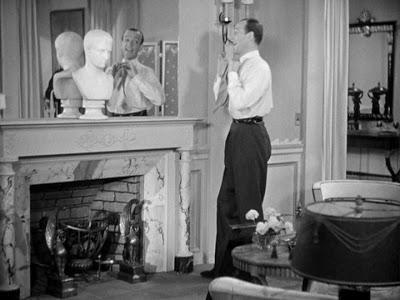
"It's just like looking for a needle in a haystack...still I've got to find you..."
A collection of eccentric screwball types surrounds the pair. Alice Brady prattles madly as Mimi's (Ginger Rogers) Aunt Hortense, a many times married and divorced scatterbrain who was once engaged to Egbert. Married Mimi is desperate to divorce her absentee husband and Hortense enlists inept Egbert to serve as her attorney; this, of course, has mixed results.Also on hand lending comic support are Eric Blore as an unctuous waiter with an eye for detail and Erik Rhodes as an enthusiastic, if hare-brained, professional "co-respondent" ("You're wife is safe with Tonetti, he prefers spaghetti"). Briefly featured is 18-year-old Betty Grable as a bit of platinum strudel intent on k-knocking k-knees with Egbert.
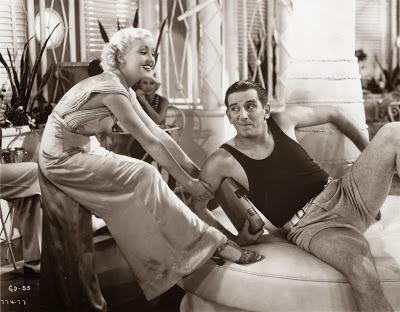
Betty Grable to Edward Everett Horton: "Let's K-knock K-knees"
Most of The Gay Divorcee is set at a lavish resort on the faux English seaside - the Bella Vista, a glittering monument to Art Deco. When Guy spies Mimi at the hotel, he pursues and traps her into dancing with him in an empty ballroom overlooking a moonlit sea. He sings Cole Porter's glorious "Night and Day," they dance, and as the heat between them builds, her resistance begins to melt. It's a palpably seductive moment and he literally dances his way into her heart. The expression on Mimi's face when the music ends says it all...Naturally, there's a cleverly contrived identity mix-up that derails the romance for a while. It centers on time and place and the phrase, "chance is the fool's name for fate" (repeated variously as "chance is the foolish name for fate," "fate is a foolish thing to take chances with," "chances are that fate is foolish," etc.). But Guy and Mimi unravel the misunderstanding and it isn't long before they're dancing again, this time in the musical centerpiece of The Gay Divorcee, "The Continental." Here are excerpts from that grand-scale production, a 22-minute showstopper:
In the end, Astaire and Rogers sashay from her hotel room arm in arm as strains of "The Continental" play in the background. When Fred Astaire danced up and over the dining table and chairs and out the door with Ginger Rogers, my heart went with them.
And that was when my dormant affection for "old movies" reawakened and became a full-blown passion. Soon it was more than classics on TV and keeping up with the latest new movies (many of them now legends of the New Hollywood) for me. I began to haunt "revival houses," where retrospectives of Hollywood classics were shown, and "art houses" that screened foreign films old and new. And that was just the beginning.
Thinking back on it, the experience of reconnecting with classic movies and recognizing, consciously, what they meant to me wasn't too unlike what had happened when I returned to my hometown for the first time after many months away. It was springtime and as the car descended into the valley where I'd grown up, the scent of orange blossoms drifted up, growing stronger and stronger. Tears suddenly sprung into my eyes. The smell was so powerful and exotic...and yet so intimately familiar. That beautiful scent had been a part of my life for as long as I could remember and I'm not sure I fully appreciated it until that instant.
~
The Gay Divorcee was a box office smash and established the Astaire/Rogers formula for the rest of their films with RKO. The picture was nominated for five Academy Awards: Best Picture, Best Art Direction (Van Nest Polglase and Carroll Clark) Best Music/Score (Max Steiner), Best Sound Recording (Carl Dreher) and the first Best Music/Original Song award, which it won, for "The Continental" by Con Conrad and Herb Magidson.
The film was based on a 1932 Broadway hit, Gay Divorce, in which Astaire had starred with Claire Luce (not Clare Boothe Luce). Only "Night and Day," of the thirteen songs Cole Porter had written for the original stage production, was kept in the film version, but the plot remained intact and both Eric Blore and Erik Rhodes reprieved their Broadway roles onscreen. The original title of the musical was changed at the insistence of the Hays Office in the belief that suggesting a divorcee could be happy was safer than implying divorce might be a cause for joy.
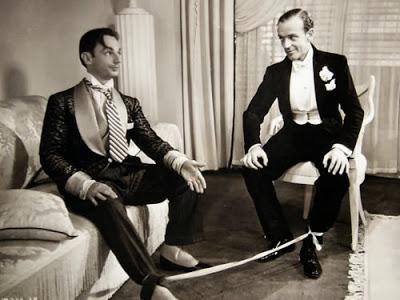
Erik Rhodes and Fred Astaire, "Chance is the fool's name for fate..."
For more on Fred Astaire and TCM's schedule of his films in December, Click here. And check the TCM Shop for Turner Classic Movies' Greatest Classics Collection: Astaire and Rogers. It features their best - The Gay Divorcee, Swing Time, Top Hat and Shall We Dance. ~
This is my contribution to the Classic Movie Blog Association's Film Passion 101 Blogathon. Click here for links to participating blogs!
